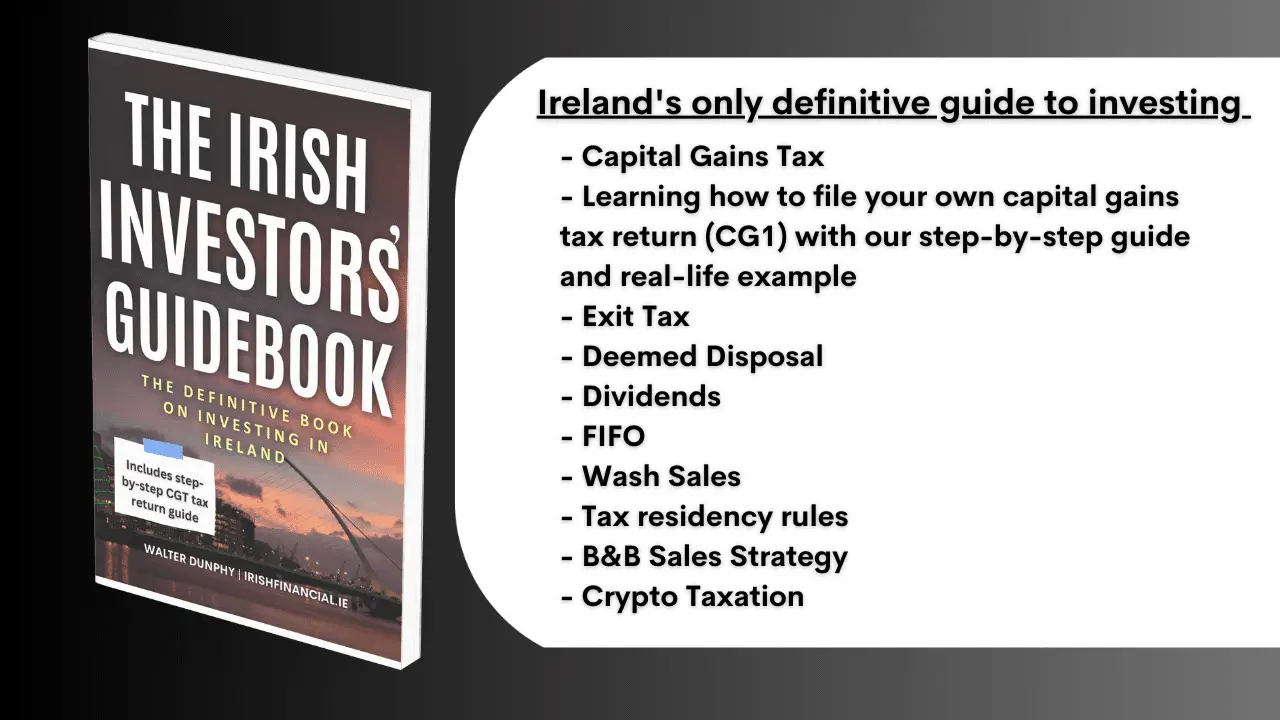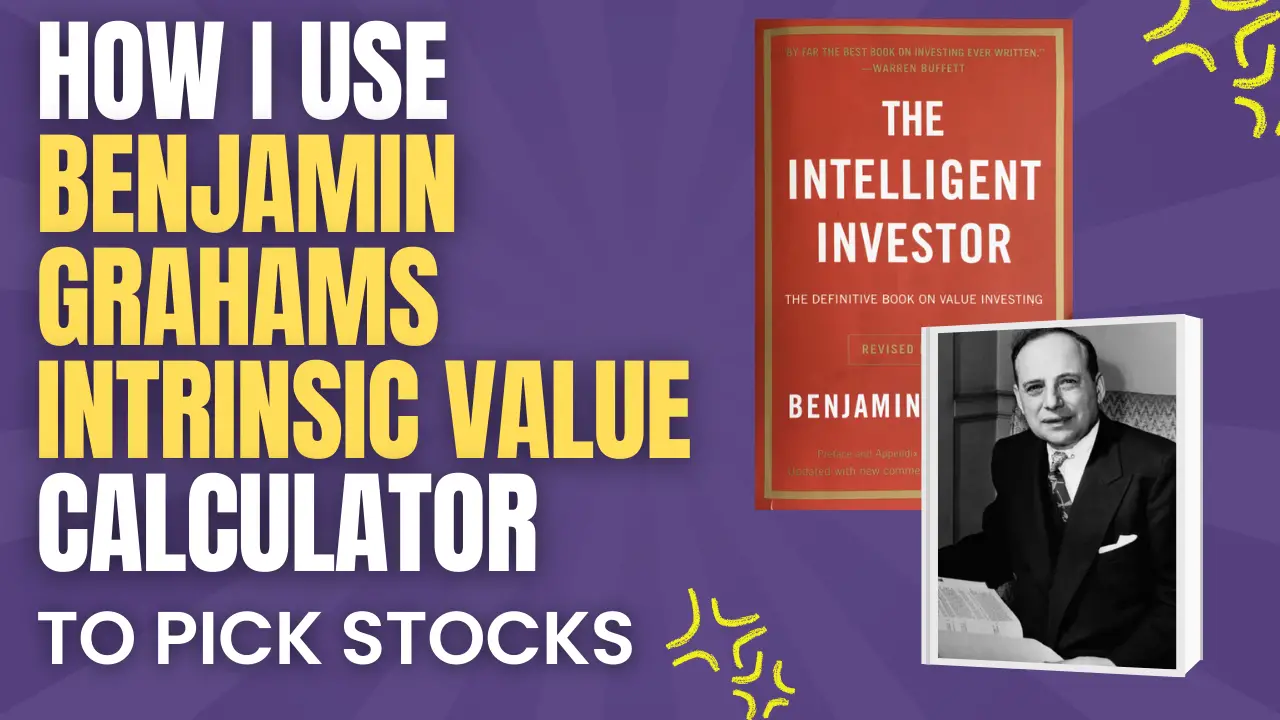In these times of market turmoil, investor can be lured into investing in stocks with very high dividend yields. For example, when I search on the Finviz stock screener, at the time of writing, there are over 725 different companies/funds with a dividend yield of 7% or greater.

Are these stocks with super high dividend yields too good to be true? In this blog post, I will look into the possible reasons why a company’s dividend yield may be high, but also at the same time why it may be a poor investment.
I will also equip you with all the tools you need to do a proper due diligence check on any stocks with a high dividend yield, before you make your investment decision to make sure you are not making a mistake.
Why High Yield Dividends are so attractive
Building a dividend investment portfolio that will give you a decent source of passive income takes a lot of time. If your investment portfolio had an average dividend yield of 4%, it would take an investment of $30,000 to guarantee yourself $100 per month in dividend income.
If we compare that to someone who’s average dividend investment portfolio yield was 7%, they would just need an investment of $17,143 in order to receive the exact same monthly dividend income of $100 per month. This can make it very tempting to take a shortcut, that may end up being a good decision when you just look at this metric in isolation.
You cannot just focus on dividends alone, as it just makes up one part of the Earnings Per Share (EPS). There is no use in bringing in decent dividend income if your overall portfolio value is continually losing market value.
Due Diligence check on a High Dividend Yield Stock
Poor company performance
One reason a company may have a high dividend yield would be due to a sharp decline in the company’s share price, which may be artificially making the dividend yield higher than it has been historically.
Dividend yield = annual dividend per share / current market share price
Let us take a look at a company that has has historically always maintained a dividend yield of close to 4% and its current share price is $100.
We see that a sudden drop in the share price can cause a sharp rise in the dividend yield ( assuming no change to the company dividend policy).
| Company Share Price | Dividend Yield |
|---|---|
| $100 | 4% |
| $90 (drop of 10%) | 4.44% |
| $80 ( drop of 20%) | 5% |
| $70 (drop of 30%) | 5.7% |
| $60 (drop of 40%) | 6.66% |
Such big drops in the share price will likely be a result of poor earnings, black swan events, or general market downturns. A first port of call for your due diligence should be to review the company stock price chart, as well as the trend of earnings and revenue (historical and guided) over the past number of quarters to look for any anomalies.
Although many companies are very reluctant do cut dividends, they may need to do this in order to steady the ship, meaning the high dividend yield may only be temporary.
A dividend cut can really be a bad signal to the market, and if you find yourself holding a stock that has made a dividend cut, more than likely, it’s share price is going to take a big hit.
Payout ratio
The payout ratio is the percentage of dividends paid out compared to the total earnings made by the company. Anything that is not paid out is reinvested in capital projects.
The payout ratio is a key metric to keep an eye on – it will give you a good indication of how much pressure the company is under to keep up with paying its dividends in accordance with the current dividend policy.
If the company is paying out 75% of its earnings as dividends every quarter, how sustainable is that? In fact, any company that has a payout ratio of 50% or more will need further investigation. Has it always been this high? Or is this only recent?
The lower the payout ratio the better, it leaves the company in a strong cash position and also this company will be more likely to have future dividend increases.
Be careful not to get over exposed to a single sector
An investor who is chasing high dividend yields may end up over exposed to a single sector. Due to certain asymmetric economic trends, a single sector may experience a downturn, which could result in all of the dividend paying companies seeing a big rise in their dividend yields for that particular sector.
This could leave your overall portfolio too exposed and far less diversified than you may want it to be.
Are there better opportunities out there?
During times when interest rates are rising, dividend stocks become less and less attractive. For much less risk, investors can buy government and corporate bonds that can sometimes offer just as good returns as dividend stocks.
Before you commit your capital make sure to see what other options you have.
Disclaimer: This blog post is for informational and educational purposes only and should not be construed as financial advice.






